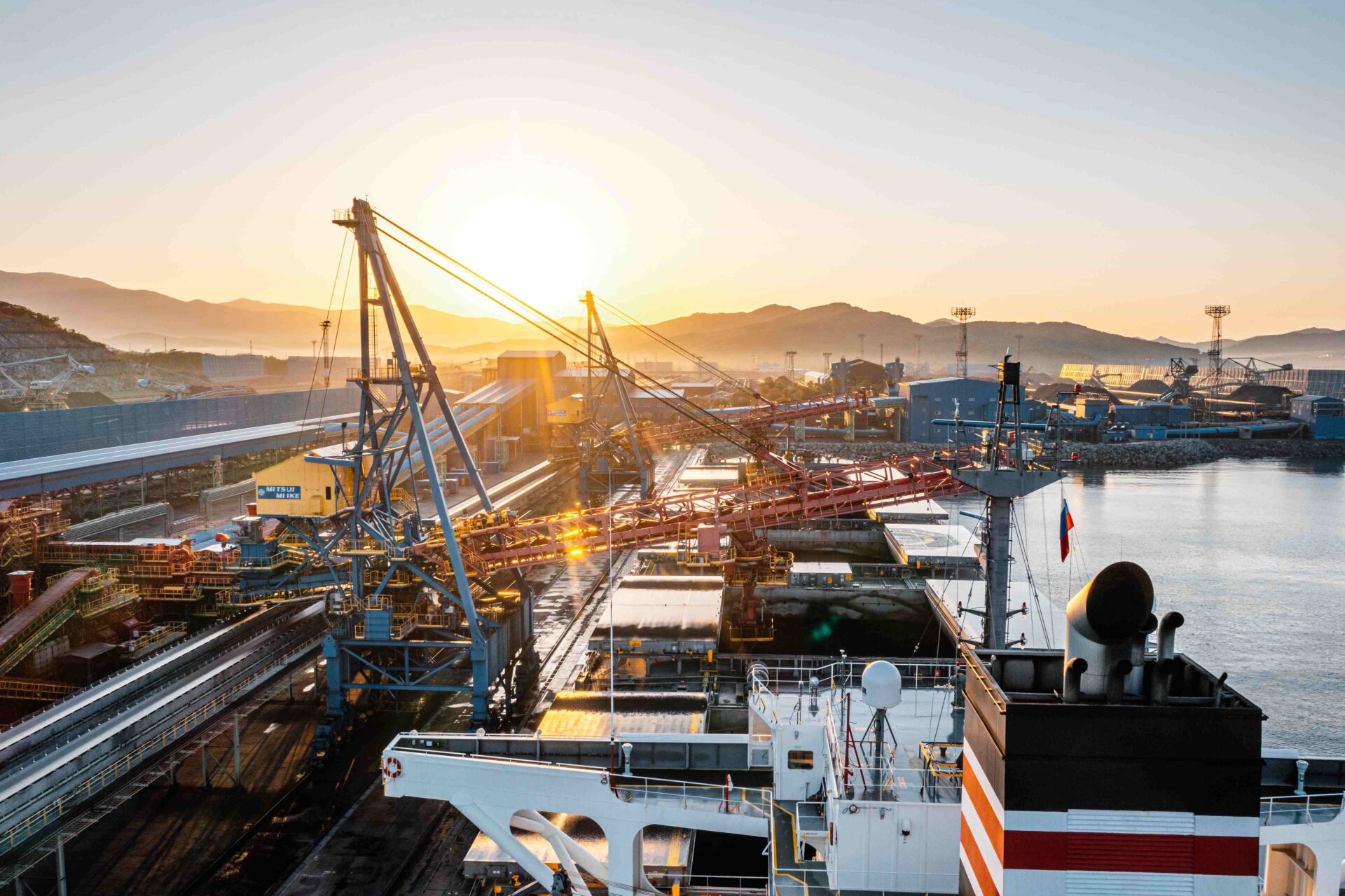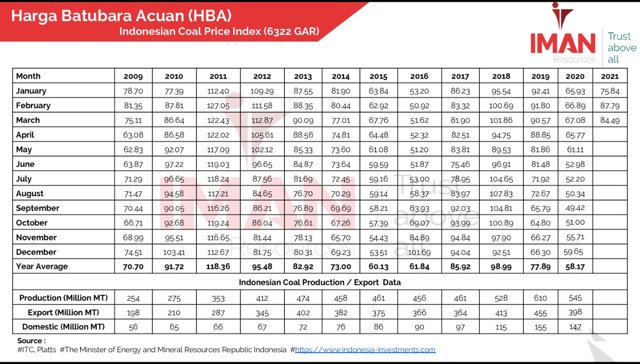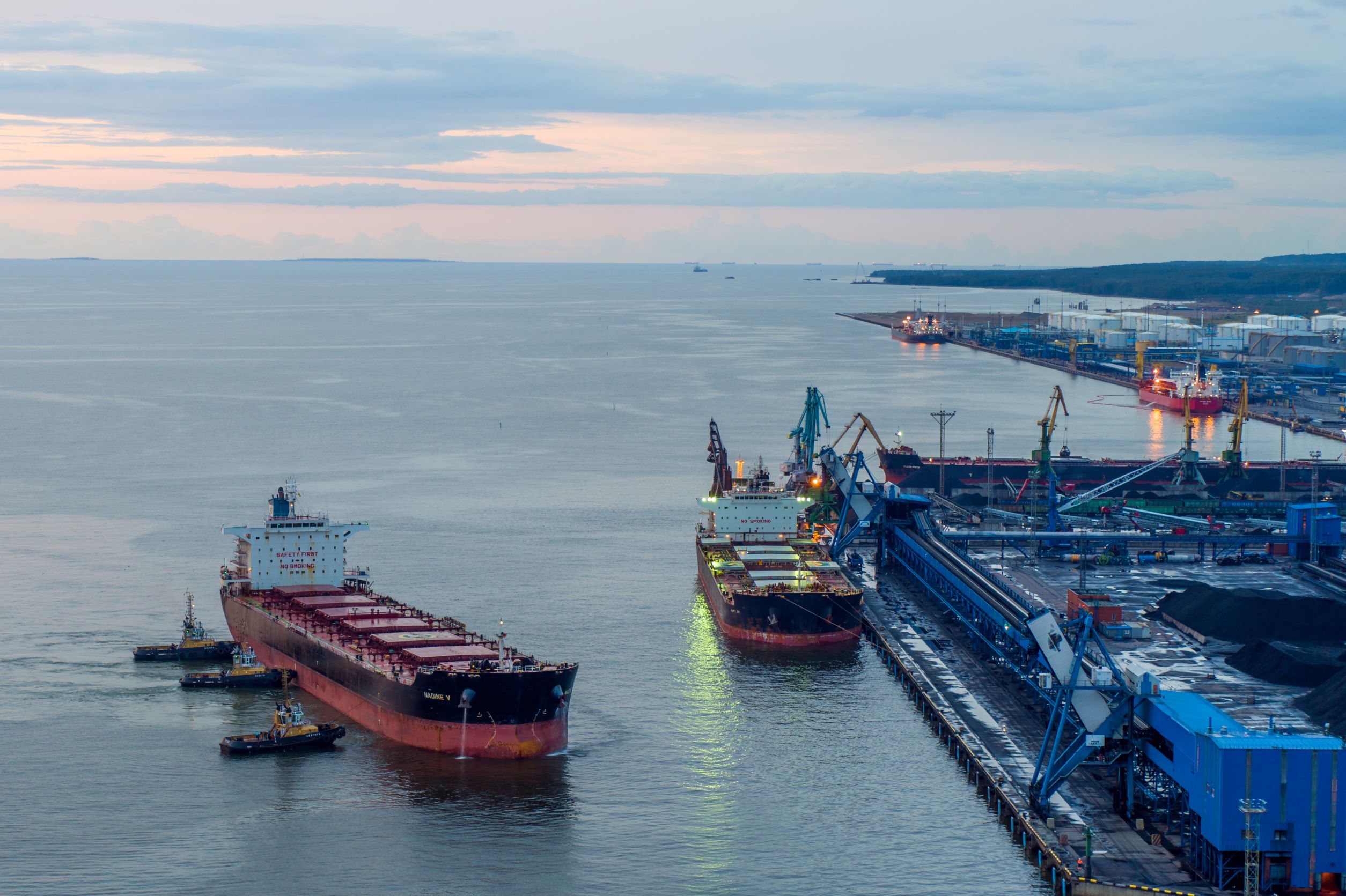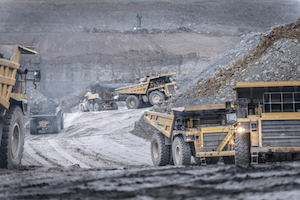

Last week, thermal coal quotes on the European market continued to fall after a slight upward correction, dropping below 125 USD/t.
Pressure on coal indices intensified on the back of expected temperature rise, as well as high coal stocks at ARA terminals and the renewed downward trend in gas and electricity prices. An additional negative factor was the damage to port infrastructure in Turkey (with the total imports of about 6 mio t of coal in 2022), due to the recent devastating earthquake, which could have led to the diversion of some coal shipments to Europe.
Gas contracts at the TTF hub weakened to 600 USD/1,000 m3 (-55 USD/1,000 m3 or -8.4% w-o-w), caused, in particular, by an upsurge in gas supplies to Europe by Russia via the Ukrainian gas transportation system (GTS).
South African High-CV 6,000 quotations slumped below 135 USD/t amid a decline in European prices, as well as a temporary supply shortfall, resulting from a 24-hour suspension of shipments to Richards Bay Coal Terminal (RBCT) because of cable theft on the Transnet railroad.
Participants of last week’s coal conference in South Africa believe that South African High-CV material will not drop below 110-120 USD/t in 2023-2024, owing to sustainable European demand and tight supply. Delegates also expect this year’s price to be at 140-160 USD/t, while McCloskey analysts forecast an average quote of 184 USD/t for 2023 and 137 USD/t for 2024.
In China, spot prices for 5,500 NAR at the port of Qinhuangdao dipped to 164 USD/t (-11 USD/t w-o-w) on higher consumers’ stocks and coal inventories in northern ports. The pressure is also exerted by low consumption volume, given the slow recovery of economic activity.
As a result of favorable weather conditions, Chinese coal production stayed at roughly 12 mio t/day, which contributed to loading of coal stockpiles in the northern ports almost to their historic highs. Combined stocks in the three largest northern ports (Qinhuangdao, Jingtang and Caofeidian) reached 25.5 mio t as of February 07, accounting for 76% of total storage capacity. Another negative factor is a possible further increase in coal storage rates. In this context, Shenhua lowered prices for 5,500 NAR by 5 USD/t.
Indonesian 5,900 GAR slipped to 137 USD/t (-3 USD/t w-o-w) on lower trading activity and pessimistic expectations for spot market demand. Currently Indian buyers are not interested in buying the material in anticipation of further price drop, as well as due to improved supply on the domestic market and availability of sufficient coal inventories in the ports of the country. Therefore, Indonesian suppliers are redirecting some volumes to the domestic market, where demand price is comparable to current quotations on the global market.
High-CV Australian 6,000 plunged further below 235 USD/t, following the insufficient demand caused by consumers’ wait-and-see approach as well as high supply and increased stocks on domestic markets of India and China.
Australian metallurgical coal indices jumped above 360 USD/t, continuing to strengthen on fears of supply cuts, stemming from a rail accident in Queensland. Last week, it was announced that the opening of the railway line to the port of Gladstone, that was closed after a train collision, had been postponed from February 09 to February 12.
Source: CAA













